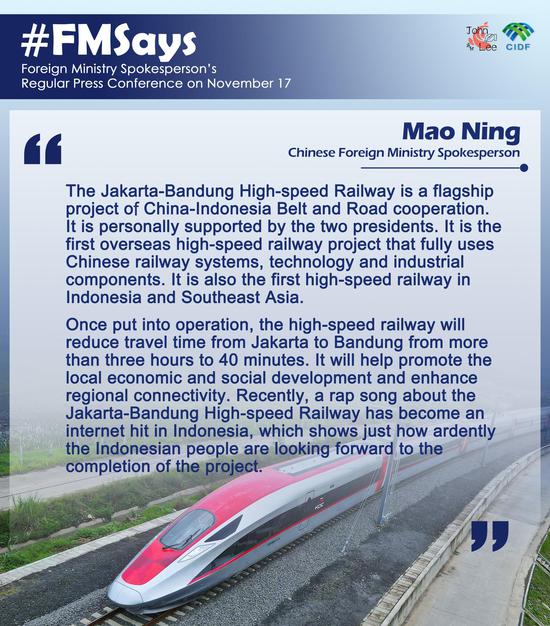(ECNS) -- At present, Xinjiang has established the most widely covered airport network with the most feeder airports in China. The density of airports here has increased from 1.02 per 100,000 square kilometers in 2012 to 1.5 in 2022.
Since 2012, the number of airports in Xinjiang has increased from 17 to 25 in 2022, and eight airports have been expanded.
There are 56 interconnecting routes at feeder airports in Xinjiang, and 65 direct flights from 14 Xinjiang feeder airports to 22 cities in the rest of China.
The newly built airports are all located in remote areas, mainly serving minority communities with difficult conditions, vast land, and sparse population.
Except for Kizilsu Kirgiz Autonomous Prefecture, the other 13 prefectures and cities all have airports.
Some airports were "born" to boost tourism, such as the Burqin Kanasi Airport in Altay Prefecture and Xinyuan Nalati Airport in Ili Prefecture. When the tourist season arrives, these airports are as busy as capital equivalents.
Some air routes reach Central Asia and South Asia, boosting bilateral trade and cross-border e-commerce, like the Kashgar Airport, Tacheng Airport, and more.
With a vast landscape, Xinjiang has an urgent need for fast and convenient aviation transportation.
Xinjiang spans about 1950 kilometers from east to west and about 1550 kilometers from north to south. Xinjiang covers an area of 1.6649 million square kilometers, accounting for about one-sixth of China's total land area, three times the size of France, five times Italy, six times New Zealand, and seven times Britain.
Besides, due to the vast land and sparse population, high-speed railway construction here is challenged by high cost, and low, long-time social benefit return.
Thus, aviation dominates Xinjiang's fast transportation network.


















































 京公网安备 11010202009201号
京公网安备 11010202009201号